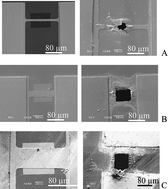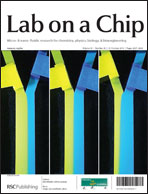Electro-thermally induced structural failure actuator (ETISFA) for implantable controlled drug delivery devices based on Micro-Electro-Mechanical-Systems†
Abstract
A new electro-thermally induced structural failure actuator (ETISFA) is introduced as an


 Please wait while we load your content...
Please wait while we load your content...